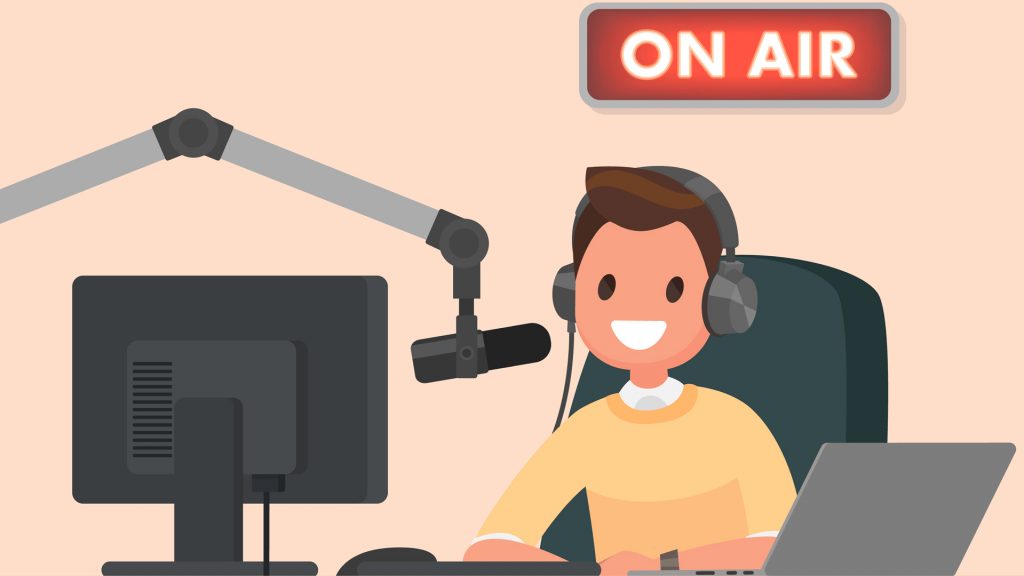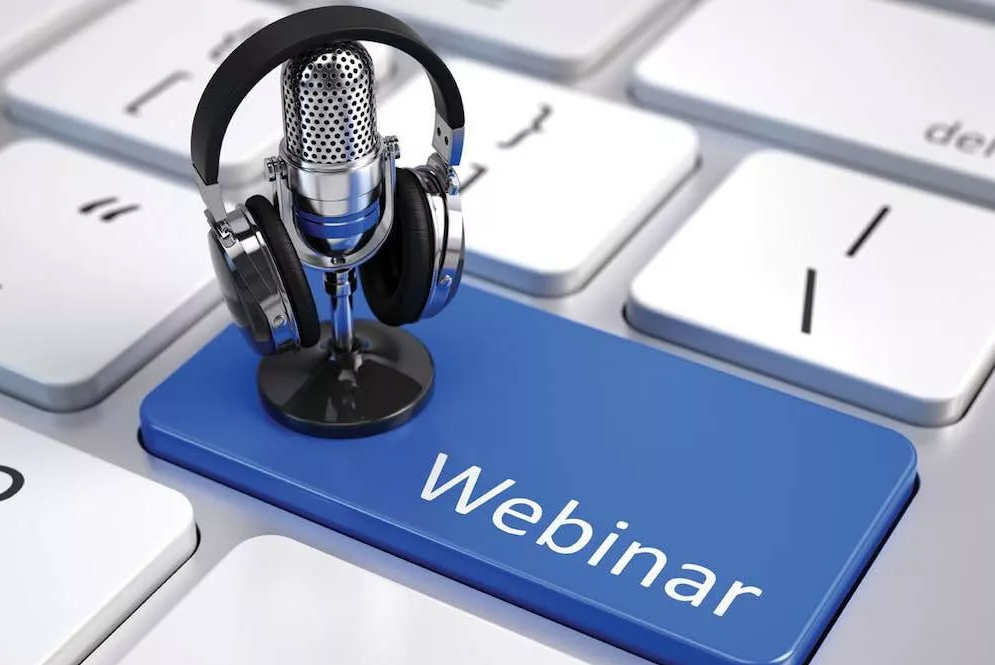How to Choose Radio Broadcast Media Transcription Services
As all the people working in the media industry already know, producing any kind of professional show is not so simple as it seems. No matter if it is a radio show, a podcast episode, news segment, an interview, any professional production requires the cooperation of many skilled experts.
The audience itself has also undergone a transformation over the ages. Today, there are many ways to consume broadcast media, and many people want to have an option to view the content when and where they want. This is a challenge to that “live” element of television and radio broadcasting.
Be that it as it may, there is still one format that never goes out of style: written texts.
It is always useful to have it alongside audio and video content, because people can read it when they want, at their own pace. If you are a broadcast media professional, transcription is a good feature that can help your listeners. It is also useful for marketing of your product and for increasing your interaction with listeners.
How Transcription Helps Radio Broadcasters
One of the most useful tools you can add to your production toolbox is transcription. The purpose of this article is to show you how transcription is equally important as other standard tools, such as video or livestream content, text discussion platforms and audio files. We will list a few ways in which transcription can help both the producer and the listener.
It helps your audience in many ways
In the hectic world we live in, time is the most precious commodity. People who listen to the broadcast are busy, and they often do not have enough time to hear the livestream or live broadcast. It is therefore important that your radio show is accessible to the audience long after it has been broadcast. Some listeners may also have problems with good access to audio in some situations. If you provide them with a transcript of your radio show, then they can enjoy your content at their own pace, when they are commuting or having breakfast at home. Your listeners should have the option to consume media in many different ways, and not just really on live broadcast.
Your broadcast is searchable with transcripts
The true power of transcript lies in online searches, or better said, online visibility. All search engines, Google and other, are not designed to index audio files. They use crawlers that search the web for text. If you radio show has a good archive of text documents that contain precisely transcribed shows, that will make sure that your broadcast radio is still visible by the crawlers, and it will assure your online visibility. Another good thing is that transcripts help people who are looking for something they missed on your show, they can find the specific topics that were mentioned in your previous broadcasts. Transcription enable people to search your content by specific keywords. If you have a popular guest or a celebrity on your show, their name will be a keyword that links to your show, and your marketing potential can tremendously improve.
You serve the ADA audience
One of the most important things about transcripts is that they provide content accessibility to people who are deaf or hard of hearing. If your broadcast serves educational purposes, the inclusion of captioning may be required by the law. This is regulated by the American Disabilities Act.
There is a bit of difference between captioning and transcription. Captions provide “real-time” accessibility for the audience with hearing problems. A transcript is made after the show has been broadcast, and can also help people with disabilities because it allows them to find and revisit any possible info that they missed through closed captioning.
Transcriptions support social media and can help create new content
Transcripts can be very useful if you want to link your broadcast to your various social media. You can copy paste them to your Facebook updates, they can be used in tweets. Transcripts can be very useful for writers or journalists; they can use them as a backbone for stories based on the content of your broadcast. This, in turn, generates new ideas for future broadcasts and engages you more with your listeners. Written content can help you gain new followers, which you can add to your email lists, and you can thereby promote your business.
Types of Radio Transcription Services
Transcription services can serve every type of broadcast media, no matter if it is a news organization, talk show, or a specialized sportscasting service. Here we will examine how they work in some specific instances.
News broadcasts
As every listener of radio news broadcast knows, they can sometimes overload you with too much information too fast. Also, a specific listener may have a differing opinion on some topics that were mentioned. In this case, a transcript can be used for fact checking of what was said in the radio broadcast. Transcription provides credibility to news organizations. This is appreciated by academics and scholars, or anyone who wants to double-check some facts and seriously examine the information they received from a broadcast. If you offer transcription alongside your broadcast, you have provided a valuable level of transparency that upgrades your audio or video replay capabilities and gives rise to better discussions. Also, it is useful for your news teams, they can examine their work and see what they can do improve the content and format of their news in the future.

Radio talk shows
Talk shows are a great format for radio personalities to illuminate their views on various topics. An important thing to note is that the flow of information may come from various sources. The talk show host usually leads the discussion, but listeners can also call in and give their point of view, guests also have their opinions, and sometime even a co-host may enter the discussion with his own personal viewpoints. This is where transcriptions of radio talk show become really useful, they provide the listener with objective perspective, they can help them understand who stands for what. Listeners can also find the most interesting parts of the discussion and copy paste it to their social media. It is also useful for journalists, they can examine the transcript and based on that write their own newspaper reports.
Radio sportscasts
In the case of radio sportscasts, transcripts are especially useful for the production of new content. There are many cases where media outlets have created some great stories around particularly funny sound bites, which they revisited from sportscasts transcriptions. Transcripts are crucial in verifying a specific situation and its context, and are an essential research tool when the video of a specific sport event is being reviewed.
Phone call-in shows
These types of radio shows are specific because they include a lot of different people with various views on numerous topics. Transcripts of these shows are useful for journalists searching for the source of a specific story. If the journalists have heard some interesting talks from some callers, that are relevant for topic they are covering, they can find their views in the text format of a transcript, and that is a great first step in locating the source. As in some other cases, a detailed transcription of the call-in show is a great sign of transparency and professionalism.
Internet radio and podcast episodes
The main thing about internet podcasts and Internet radio segments is that they often gain loyal, almost fanatical listeners, people who are keenly interested in some specific subject. When you have such enthusiastic audience, it is almost an imperative to give them the opportunity to review and revisit the transcript after the broadcast. This is crucial for the loyalty of the fans and can even result in creating ideas for future shows or podcasts, because the listeners will be better informed and can ask more specific questions. The key word here is listener engagement. If you are creating content, the transcription of your episodes enables your audience to form informed and precise opinions about the subject you are covering.
Webinars
Webinars are one of the more interesting trends in online education. They have a graphic component, and often include PowerPoints or other visuals alongside audio content. It is useful to have a transcript ready, because it enables the user to quickly read through the webinar, a sort of brief introduction to the subject. Then, when the users have seen and heard the entire webinar, they will have more clarity and comprehension of the subject. Those listeners that are eager to learn can revisit the transcript after the broadcast, they can underline, highlight and pinpoint the important sections.
Transcriptions are really useful tools for webinar audiences that wants to do a more detailed research. As always, increasing the engagement with your audience is great for business, and helps in generating new content.

How to transcribe radio broadcast media
Now that we have described some types of broadcast media, we
would like to help you find a good transcription service that is suitable for
all the different types of broadcast media. You don’t have to look far, we at
Gglot got you covered. We can provide you with a fast, precise and affordable
transcription of any media content. You can upload the transcription alongside
audio files, you can post it on social media, it can be added to your YouTube
content, the possibilities are endless.
Let us take care of the transcripts, so you can just focus on making your
broadcast even more awesome.